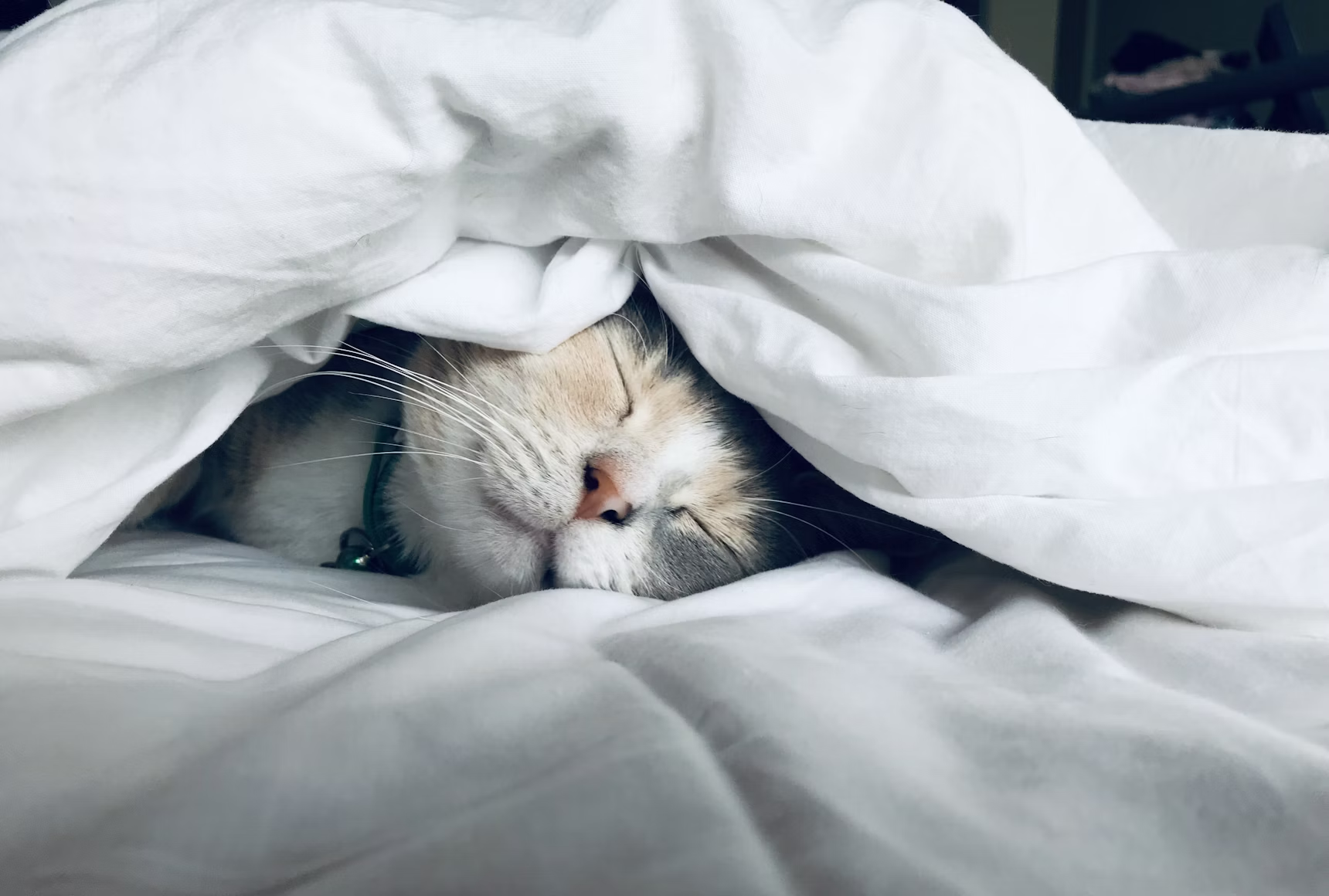Miralax is an easily available over-the-counter human laxative remedy that has become popular for treating constipation in cats. It is used by drawing water into the intestines which aids cats in passing bowels easily. Though it is relatively safe for consumption, it is important to know how Miralax can be administered safely for the cat, the risks it poses, side effects, and alternatives.
When Should You Use Miralax for Cats?
There are many causes of constipation in cats such as; poor water intake, diet changes, or other health problems such as renal disease, diabetes, or hyperthyroidism. If you notice that your cat is taking too long to defecate, produces small volumes of feces, is dull or less active, or even vomits yet the feces appears string-like, then the cat may be constipated. In extreme instances, vomiting may also be present. Miralax is most effective for the easy regulation of the consistency of the stool and mild to moderate cases of constipation; however, it is recommended to give Miralax with the help of a vet only.
How does Miralax Work?
Miralax is polyethylene glycol 3350, an osmotic laxative. It increases the water content of the bowels by virtually absorbing water present in the intestines thereby facilitating the formation of soft stools and easy passage. However, in contrast with some other laxatives, Miralax does not enter into the bloodstream and thus does not affect the whole body. This makes it a fairly safe choice for occasional use in cats which should not, however, replace veterinary care where there is chronic constipation or other health concerns.
Miralax Dosage for Cats
That is why Miralax dosing varies depending on the cat’s weight and the severity of constipation. A general guideline is:
- Cats under 10 pounds: 1/8 teaspoon of the said solution once or twice a day.
- Cats over 10 pounds: 1/4 teaspoon once a day or the morning and evening.
Upgrade Your Cat
This dosage should be evenly stirred with wet food or water. To those cats that are very selective about what they consume, it can be dissolved with broth or tuna juice. Most cats’ bowels move within 1-3 days after administration of Miralax. However, some cats may feel relief after 24 hours. It’s imperative that you consult your vet on the right dosage especially if your cat is on any other medication.
Side Effects of Miralax
Although considered safe for the most part, this product may produce mild or severe side effects. It depends on the dosage, frequency of use, or if the cat is suffering from mild to severe dehydration. Common side effects include:
Diarrhea:
Water in the intestines too much causes loose watery bowel movements. This paper aims to discuss the dangers of excessive water in the intestines.
Dehydration:
Pressure is put on the colon to take in more water, and this leaves the other parts of the body dry. It is a myth about Miralax. Always provide fresh water to your cat.
Abdominal Discomfort:
Some cats may feel bloated, and have gas or cramps.
If your cat’s situation is worsening, has severe pain, vomiting or diarrhea stop giving it Miralax and consult the vet. Long-term treatment can result in the order change of the heart’s electrolyte balance with high potassium levels and low sodium which are dangerous.
Risks and Considerations
Although Miralax is considered safe for short-term use, there are risks to be aware of:
- Impacted stool: There are circumstances where your cat can be really constipated and any treatment involving Miralax might not solve the problem as your veterinarian will then have to resort to using an enema.
- Interaction with other medications: When using Miralax, always check with your vet if your cat is taking diuretics or any other medicine that affects the electrolyte balance.
- Pre-existing conditions: There are some specific conditions such as kidney disease with which cats are more vulnerable to Miralax and hence monitoring should be more intense,.
Alternatives to Miralax
If Miralax isn’t effective or suitable for your cat, there are alternatives available:
- Lactulose: Present in some prescription syrups as a means of softening stool in a similar way to Miralos, however, there might be some cats who would need lactulose only.
- Microlax: An enema solution that can be used, though in worse-case scenarios.
- Dietary changes: Long term, the cause of a constipated cat can be addressed through feeding the cat products with more fiber such as canned pumpkin, or engaging the services of a veterinarian to recommend fiber cat food.
It is advisable to seek the help of your veterinarian to change the treatment to one that suits your cat.
How to Avoid Constipation in Cats?
The best word when it comes to your cat’s bowel movement is prevention. Here are some steps to reduce the chances of constipation:
- Hydration: What’s more, cats should also be provided with fresh water to drink. Pumpers may be used to encourage your pet to drink more a water fountain may also be useful to encourage more water intake.
- Diet: give your cat adequate fiber in his diet, and make sure that you feed him a balanced diet. Also, wet food counsel be more beneficial than dry kibble when it comes to the water content.
- Exercise: This keeps your cat’s digestive system active and promotes regular bowel movement by encouraging your cat to get active physically once in a while.
How to Administer Miralax to Cats?
Cats normally require approximately 0.4 to 1.4 ml of Miralax in their food once or twice a day. The dosage may depend on the type and weight, age, and state of health of the pet you have at home. For instance, a cat that weighs between 4- 8 pounds would therefore need 1/6 teaspoon while slightly larger cats need slightly more. One should always start with a lower dose and increase gradually as advised by the veterinarian-A
The Miralax powder should then be stirred thoroughly into your cat’s wet food or in their water so that it can easily be swallowed. Generally, wet food is preferred because it contributes to the moistening of your cat’s food which will assist the laxative in working. Miralax usually takes between 1-3 days to produce results, although mild constipation may also be eased within 24 hours.
Interactions with Other Medications
Miralax may interact with the following medicines, dietary supplements, and products. Certain medications for high blood pressure and heart failure, antacids, diuretics, and medications containing calcium. If you are currently using cat medication, ensure you consult the veterinarian on the possible side effects of Miralax. Potassium or magnesium supplements might also interfere with the efficiency and safety of the treatment.
Miralax vs. Other Laxatives
When looking for ways to treat cats, Miralax is sometimes considered together with lactulose, another cat’s laxative. Both work by providing a creamy texture as a result of softening the stool. However, lactulose is a syrup that some cats will not like more than Miralax powder. Nevertheless, lactulose can be efficient during cases with chronic constipation peculiarities. You should consult your vet to determine whether one option is more suitable for cats than the other.
Monitoring and Long-Term Use
However, the use of Miralax is recommended not to be relied upon in the long term without consulting the vet. Some of the causes are harmless but others may define severe conditions such as megacolon, lack of water in the bodily system, or any other complications that require medical attention. Also, if your cat is on Miralax for a long period, s/he becomes dependent, and or the digestive system of your cat is boosted. It is crucial to take your cat for frequent checkups and have a word with your veterinarian to see how the condition changes or not and have further modifications need to be done.
Inside of that, nutrition and exercise also play an important role in men’s overall health.
Physicians often prescribe it to be taken with other treatments such as changes in diet. The findings also show that cats taking mostly dry foods have a higher tendency to suffer from constipation because such foods have low moisture content. If your cat hasn’t been too keen on drinking water alongside its kibble or dry food, mixing some wet food or broth with their meals can prevent this from happening in the future. Further, getting your cats up and about will help perform chemo-stimulation in the gut hence eliminating chances of recurring constipation.
Conclusion
Miralax should not be given to cats often as its administration is risky when applied inappropriately and without the supervision of a vet but it may be of aid when your feline friend is constipated. As with all medications, there are dosages, specific conditions regarding water intake, and signs to watch for to ensure your cat’s safety. If the constipation is chronic or severe it might need an alternative treatment or medical treatment from a vet. In every treatment given to your supposed friend, always contact your veterinarian for a better plan for the pet.
Most cats should be able to get over constipation just as soon as their owners pay attention to the condition and take adequate measures to remedy the situation.
FAQs
It is usually clear within 1 to 3 days that the drug Miralax is effective. Cats may show relief from constipation within 24 minutes depending on the severity of the problem. The impact of the given medication differs owing to the extension of the disease and the administration of the dosage. In the case of administering Miralax to your cat, always pay your vet a visit to determine how much is appropriate to give your cat.
One of the common dosage suggestions for starting Miralax is about 1/8 to 1/4 teaspoon of the product added to the food bowl for cats, given one to two times per day if necessary. Of course, the dosage should be individualized depending on the cat’s size, its weight, and the degree of the constipation, but you should alway consult your veterinarian when introducing any remedy.
They also suffer from headaches, arching of the back, bloating, and vomiting. Extra intake of Miralax may even cause acute diarrhea and thereby dehydrate the body. There are some other side effects, which are less frequent and maybe arise from long term use, namely imbalances of electrolytes. At all times, it’s a good idea to keep an eye on your cat and reach out to the vet if there are signs of reaction.





